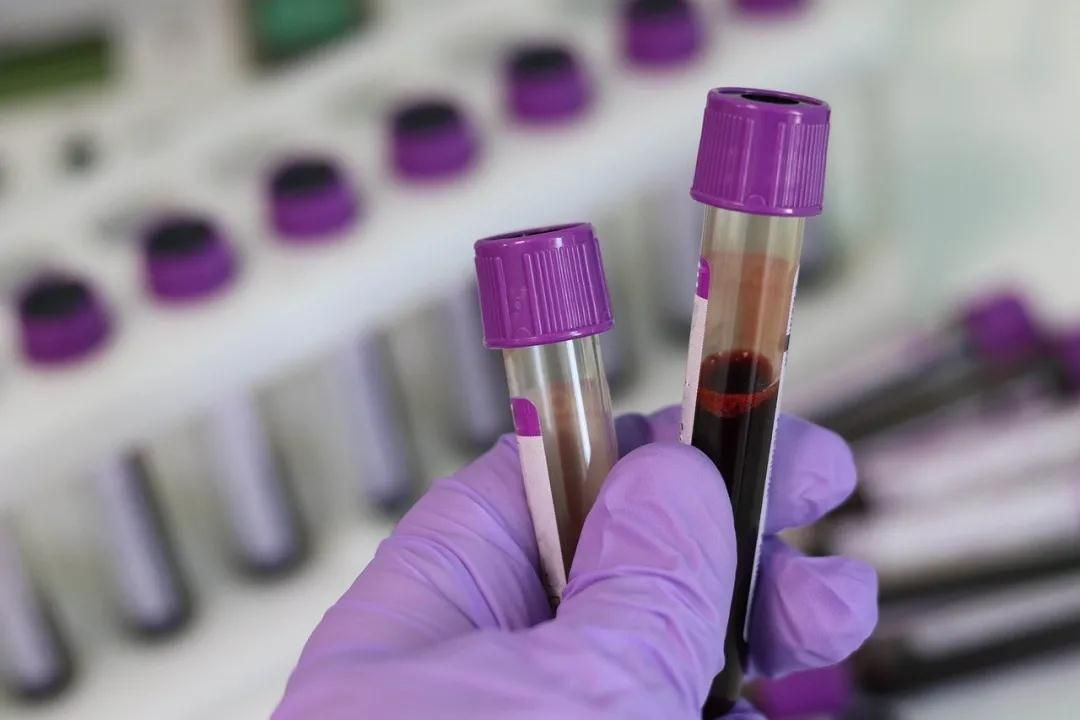
In order to fight against aging, humans have come up with countless methods, the craziest of which is "blood transfusion to reverse aging." This story is full of ups and downs and suspense. However, is there really a so-called "young factor" in young blood?
In 2017, Tony Wyss-Coray's team found TIMP2 protein in umbilical cord blood that can improve brain function. Recently, a research team from Huazhong University of Science and Technology has discovered a new anti-aging ingredient in umbilical cord blood - extracellular vesicles (EVs) derived from mesenchymal stem cells (MSCs). Researchers have found that these "young" extracellular vesicles contain a variety of anti-aging signals, which can not only make aging bone marrow-derived MSCs rejuvenated, but also improve organ aging when used directly in the treatment of mice.
The corresponding authors of this study are Professors Guo Anyuan, Hu Yu, and Li Qiubai, and Postdoctoral Fellow Lei Qian, Dr. Gao Fei, and Dr. Liu Teng are co-first authors. The paper was published in Science Translational Medicine [1].
Extracellular vesicles (EVs) are a general term for exosomes and microvesicles. Extracellular vesicles can deliver mRNA, microRNA, proteins and even organelles to other cells, thereby promoting intercellular communication. Extracellular vesicles have long been considered to be excellent therapeutic carriers for tissue regeneration and repair.
Extracellular vesicles can carry so many substances. Scientists have long believed that the anti-aging secret of young blood must be inseparable from the role of extracellular vesicles. Is this really the case?
The researchers isolated mesenchymal stem cells (UC-MSCs) from human umbilical cord blood, cultured them separately from adult bone marrow-derived mesenchymal stem cells (AB-MSCs), and collected exosomes for RNA sequencing. There were significantly more highly differentially expressed genes in UC-EVs, and in subsequent enrichment analysis, it was seen that the gene transcripts of UC-EVs were highly related to the cell cycle, DNA replication, and DNA repair.
Genes related to cell cycle renewal are enriched in UC-EVs
When researchers co-cultured UC-EV with AB-MSC, they found that UC-EV promoted the proliferation of AB-MSC in a dose-dependent manner, and the activity of β-galactosidase, a marker of aging in AB-MSC, decreased, and the ability of cells to form colonies increased. Further analysis found that the abundance of inflammatory factors such as IL-6 in the treated AB-MSC decreased, the telomere length was prolonged, and there were more cells in the S phase.
Mesenchymal stem cells are important cells for animal tissue regeneration. Bone marrow mesenchymal stem cells can differentiate into bone cells and fat cells.
The researchers examined the differentiation of AB-MSCs after receiving UC-EVs in vivo and in vitro, and found that UC-EVs can promote osteogenic differentiation of MSCs and weaken adipogenic differentiation.
Mesenchymal stem cells are also important for wound repair. Previous studies have found that aging mesenchymal stem cells can lead to impaired wound repair. The researchers made skin cuts on the backs of mice and injected the mice with AB-MSCs treated with UC-EV. The results showed that the wounds of the experimental group of mice recovered faster than those injected with untreated AB-MSCs and PBS, and there were more new capillaries and collagen deposition in the new tissues.
This indicates that AB-MSCs treated with UC-EVs can promote wound healing and angiogenesis in mice.
Collagen deposition (top) and angiogenesis (bottom) are significantly greater
So, will it be possible to bypass MSCs and use exosomes directly for treatment and have a positive effect?
The researchers injected UC-EV into 16-month-old mice through the tail vein, 40 μg each time, three times a week for 4 weeks. The researchers found that after treatment, the activity of antioxidant components in the plasma of mice was significantly increased, and the levels of oxidative stress and pro-inflammatory cytokines were significantly reduced.
At the same time, the phenotype of the mice's tissues and organs was also improved. The volume and area of ​​the distal femur trabeculae of the mice increased, the number of osteoclasts decreased, and the osteogenesis increased; the apoptosis rate of the mice's kidney cells was significantly reduced; and the loss of vascular smooth muscle cells (VSMC) in the middle layer of the thoracic aorta of the mice was significantly improved.
This suggests that UC-EV treatment of aged mice can significantly reduce oxidative stress and inflammatory factors and improve multiple forms of age-related organ degeneration.
So what exactly is it in the exosomes that reverses aging?
The researchers analyzed the components of the extracellular vesicles and found that proliferating cell nuclear antigen (PCNA) was the key. PCNA is involved in a variety of biological processes, including cell cycle, DNA repair and telomere protection. Knocking down PCNA in the experiment affected the improvement of AB-MSC function by UC-EV, indicating that the anti-aging effect of UC-EV is at least partly achieved through PCNA.
Previously, research on plasma replacement for Alzheimer's disease has entered the clinical stage, but the use of plasma products always carries a high risk. In contrast, UC-EV has a rich source, low immunogenicity, and high safety, and can be said to be a very promising anti-aging tool. (Bioon.com).